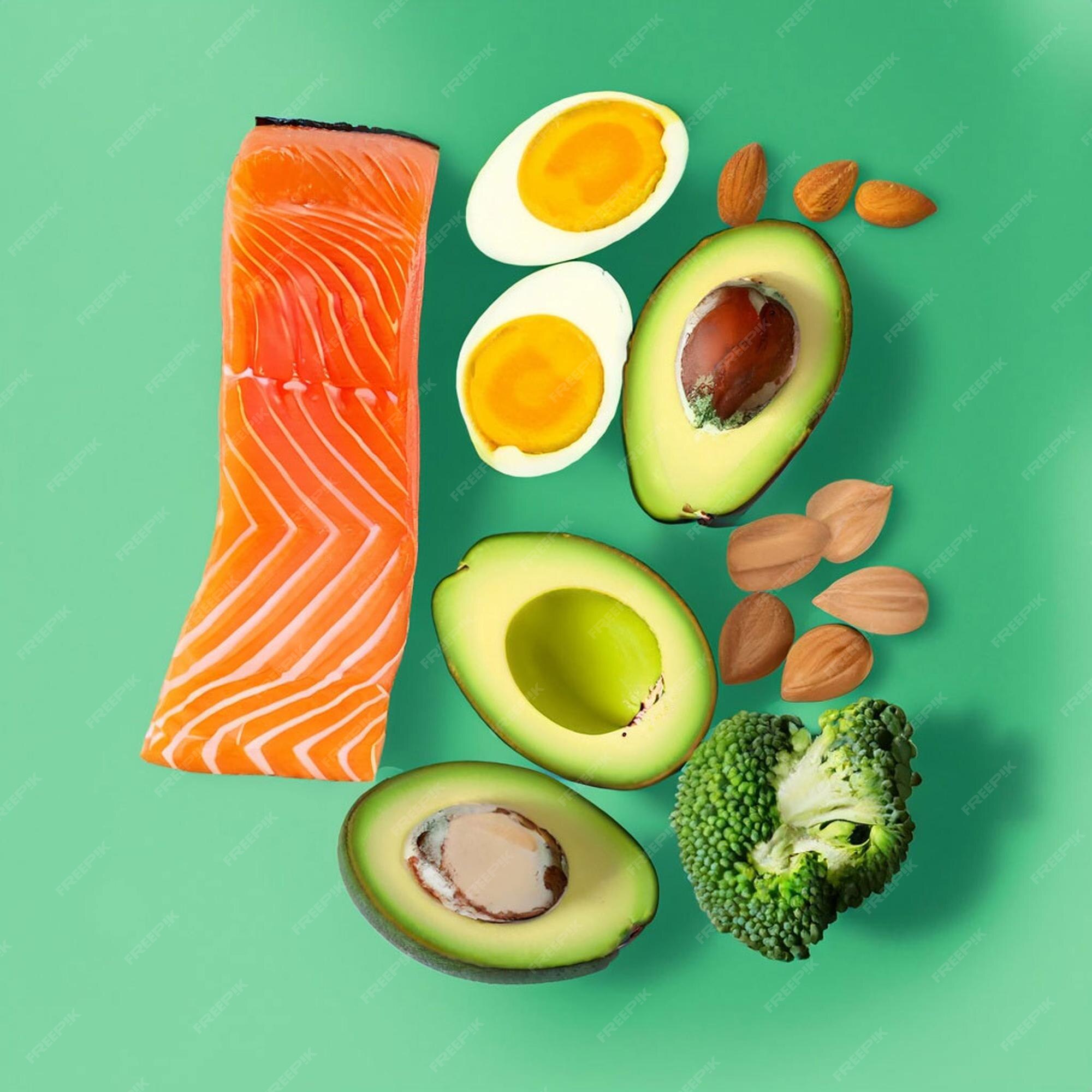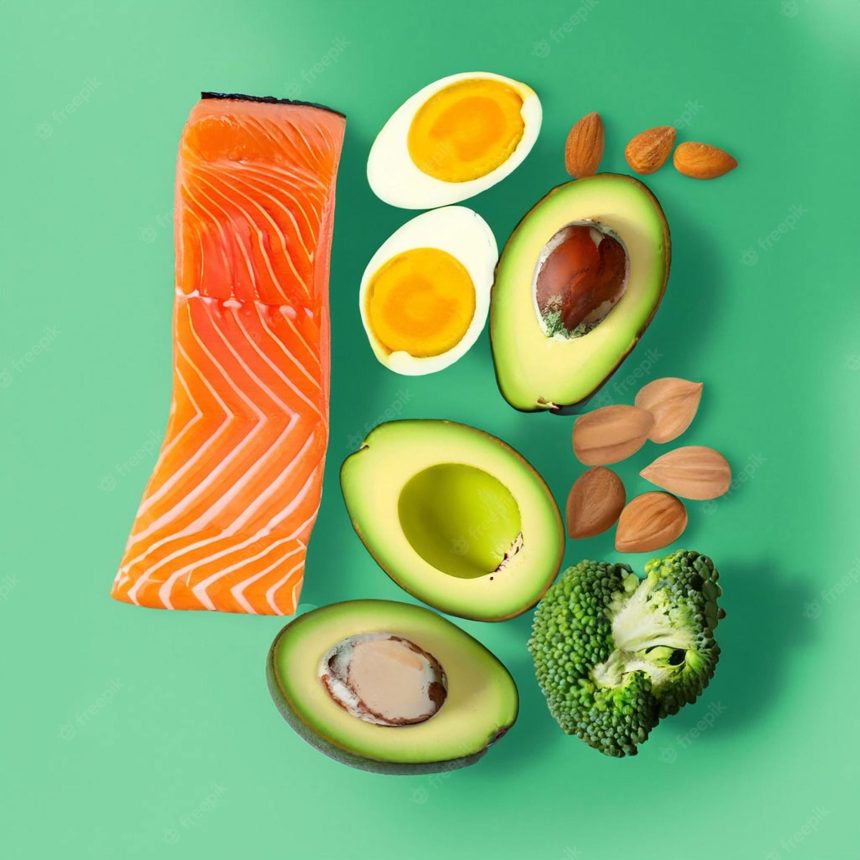
Embracing a vegetarian lifestyle while following a ketogenic diet can seem challenging at first. However, with the right knowledge and planning, you can achieve your health and fitness goals without compromising on your dietary preferences. In this article, we present the ultimate vegetarian keto diet plan, complete with delicious recipes and a free PDF guide to help you get started.
Understanding the Vegetarian Keto Diet
The vegetarian keto diet combines the principles of vegetarianism, which excludes meat and seafood, with the ketogenic diet, which focuses on consuming low-carb, high-fat foods. By following this eating plan, you aim to enter a state of ketosis, where your body burns fat for energy instead of relying on carbohydrates.
Benefits of the Vegetarian Keto Diet
- Weight Loss: The vegetarian keto diet can be an effective way to shed unwanted pounds, as it encourages your body to burn stored fat for fuel.
- Increased Energy Levels: With a reduced reliance on carbohydrates, your body can maintain more stable blood sugar levels, leading to improved energy levels throughout the day.
- Mental Clarity: Many individuals report enhanced mental clarity and focus while following a ketogenic diet, which can be particularly beneficial for those with demanding work or study commitments.
- Blood Sugar Control: By limiting your carbohydrate intake, the vegetarian keto diet may help regulate blood sugar levels and improve insulin sensitivity.
Building Your Vegetarian Keto Diet Plan
- Calculate Your Macronutrient Ratios: Determine the right macronutrient ratios for your vegetarian keto diet. Typically, the ratio involves consuming 70-75% of calories from healthy fats, 20-25% from protein, and 5-10% from carbohydrates.
- Choose Healthy Fats: Incorporate healthy fats into your diet, such as avocados, nuts, seeds, coconut oil, and olive oil. These fats provide essential nutrients and help keep you satiated.
- Opt for Plant-Based Proteins: Include protein sources like tofu, tempeh, seitan, legumes, and dairy products (if you consume them) to meet your protein needs. Aim for a moderate intake to prevent overconsumption.
- Low-Carb Vegetables: Select low-carb vegetables like leafy greens, broccoli, cauliflower, zucchini, and bell peppers. These vegetables are rich in fiber and essential vitamins and minerals.
- Minimize Carbohydrate Sources: Avoid high-carb foods like grains, starchy vegetables, sugary fruits, and processed foods. Instead, focus on whole, unprocessed foods that are low in carbohydrates.
Sample Vegetarian Keto Meal Plan
- Breakfast: Scrambled tofu with spinach, mushrooms, and cheese cooked in coconut oil.
- Snack: A handful of mixed nuts.
- Lunch: Zucchini noodles with pesto sauce and cherry tomatoes.
- Snack: Sliced cucumbers with guacamole.
- Dinner: Grilled tempeh with roasted asparagus and a side of cauliflower rice.
- Dessert: Coconut chia pudding topped with berries.
Free PDF Guide: Your Comprehensive Vegetarian Keto Diet Resource
To assist you in your vegetarian keto journey, we have created a free PDF guide that includes a more extensive meal plan, shopping list, and additional tips and tricks. This resource will help you stay organized, inspired, and on track towards achieving your health and wellness goals.
Conclusion
With the ultimate vegetarian keto diet plan, you can enjoy the benefits of both vegetarianism and the ketogenic diet. By following this eating plan, you can promote weight loss, increase energy levels, improve mental clarity, and control blood sugar levels. Remember to consult with a healthcare professional before making any significant dietary changes, especially if you have underlying health conditions. Download our free PDF guide and embark on a fulfilling and nourishing vegetarian keto journey today!







